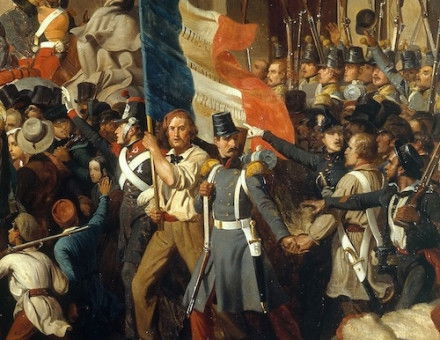The Script of Mycenaean Greece and its Decipherment
Owing to the researches of the late Michael Ventris, Greek scripts of some six or seven centuries before the Age of Homer can be read. Here, L.R. Palmer here examines the basis of Ventris's achievement in classical scholarship.
“All doubts may be set at rest and we may without further ado designate the decipherment of Linear ‘B’ as one of the most brilliant scholarly achievements of all time.” Such is the considered verdict of Professor Fritz Schachermeyr of Vienna, one of the leading Mycenologues of our day, on the work of the late Mr. Michael Ventris.
The opening of the Mycenaean archives to the inspection of historians has justly been hailed as the philological counterpart of Schliemann’s great archaeological discoveries at Troy and in the centres of Mycenaean civilization in the Peloponnese.
Since some publicity has been given to a recent attempt to cast doubt on the solution, an evaluation of the decipherment may be welcomed as a preliminary to an account of the light thrown by the new texts on the Heroic Age of Greece as reflected in the Homeric epic.
Sir Arthur Evans in his excavations of the Palace of Minos at Knossos (1900) recovered some thousands of clay tablets inscribed with written signs. Three stages of this script were distinguished (see table). In its earliest form the signs consisted of rough drawings of various objects.





